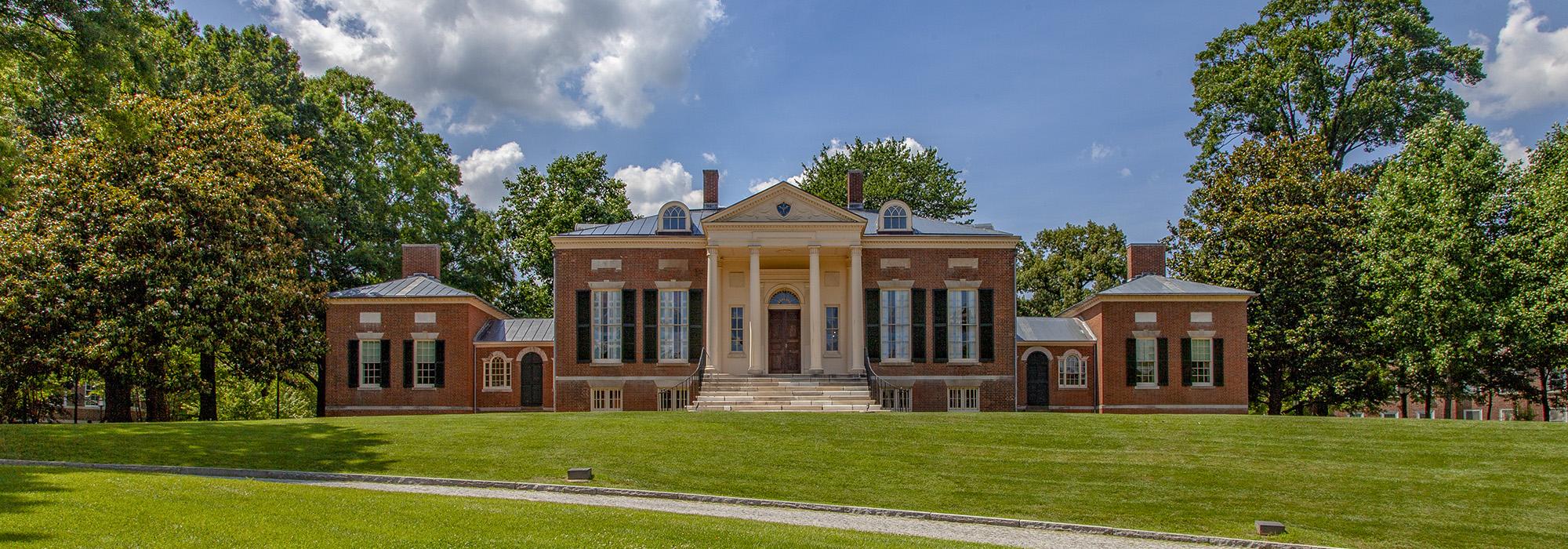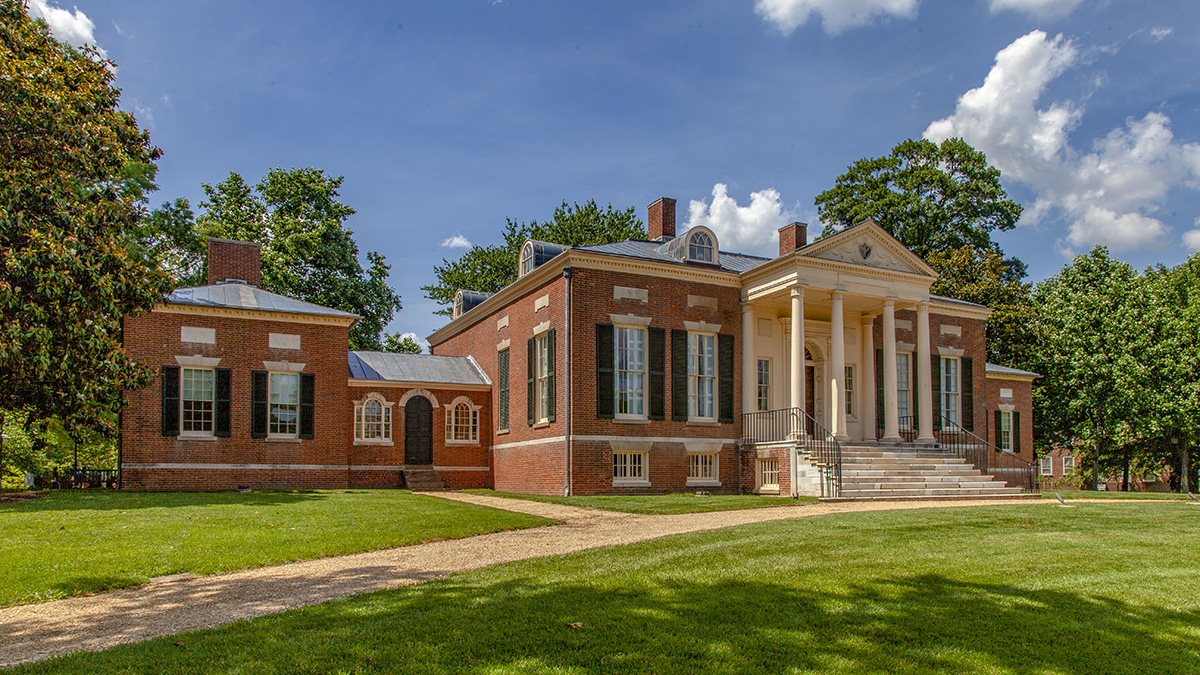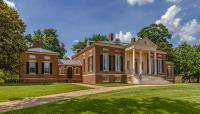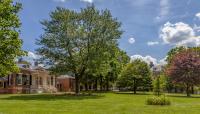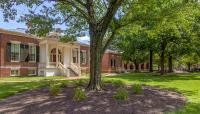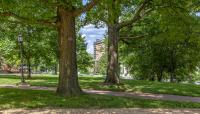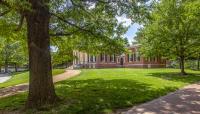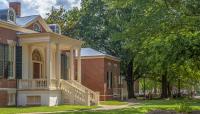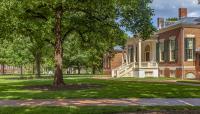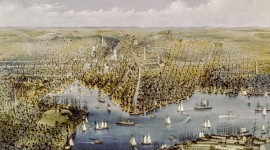Landscape Information
Situated on the John Hopkins University campus, this 8,000-square-foot Federal Era mansion was completed in 1806 as a wedding gift for Charles Carroll, Jr., the only son of founding father Charles Carroll, Sr. The original Homewood estate comprised 130 acres that included formal gardens, orchards, and slave quarters. It remained within the Carroll family until 1839 when it was purchased by Baltimore merchant Samuel Wyman. In 1851 Wyman’s son, William, commissioned architect Richard Upjohn to build an Italianate villa on the property. The mansion remained the family residence until 1865, after which time it was leased to a series of tenants. Upon Wyman’s death, the estate was divided among his sons, and in 1897 the residence was converted into an all-boys school. In 1904 Johns Hopkins University was relocated to the grounds of the estate. Henceforth the mansion served a variety of institutional roles, finally converted into a museum in 1987. The university demolished the Italianate villa in 1954.
Little is known about the estate’s original landscape. Letters from Carroll, Jr., reveal that large formal gardens designed by him and his slave Izadod Conner extended northward from the mansion 1,000 feet before terminating at a brick privy, still extant. Fruit orchards, also planted by Conner, were arranged in orderly rows, angled northwest from the house. Pine trees were planted at the estate’s entrance. A brick carriage house, today Merrick Barn, was built 350 yards south of the mansion. Other structures built on the property included slave quarters, a smoke house, and a dairy and spring house, none of which stands today. The forested Stone River Valley abutted the estate from the west and south. Homewood House was listed in the National Register of Historic Places in 1971.



